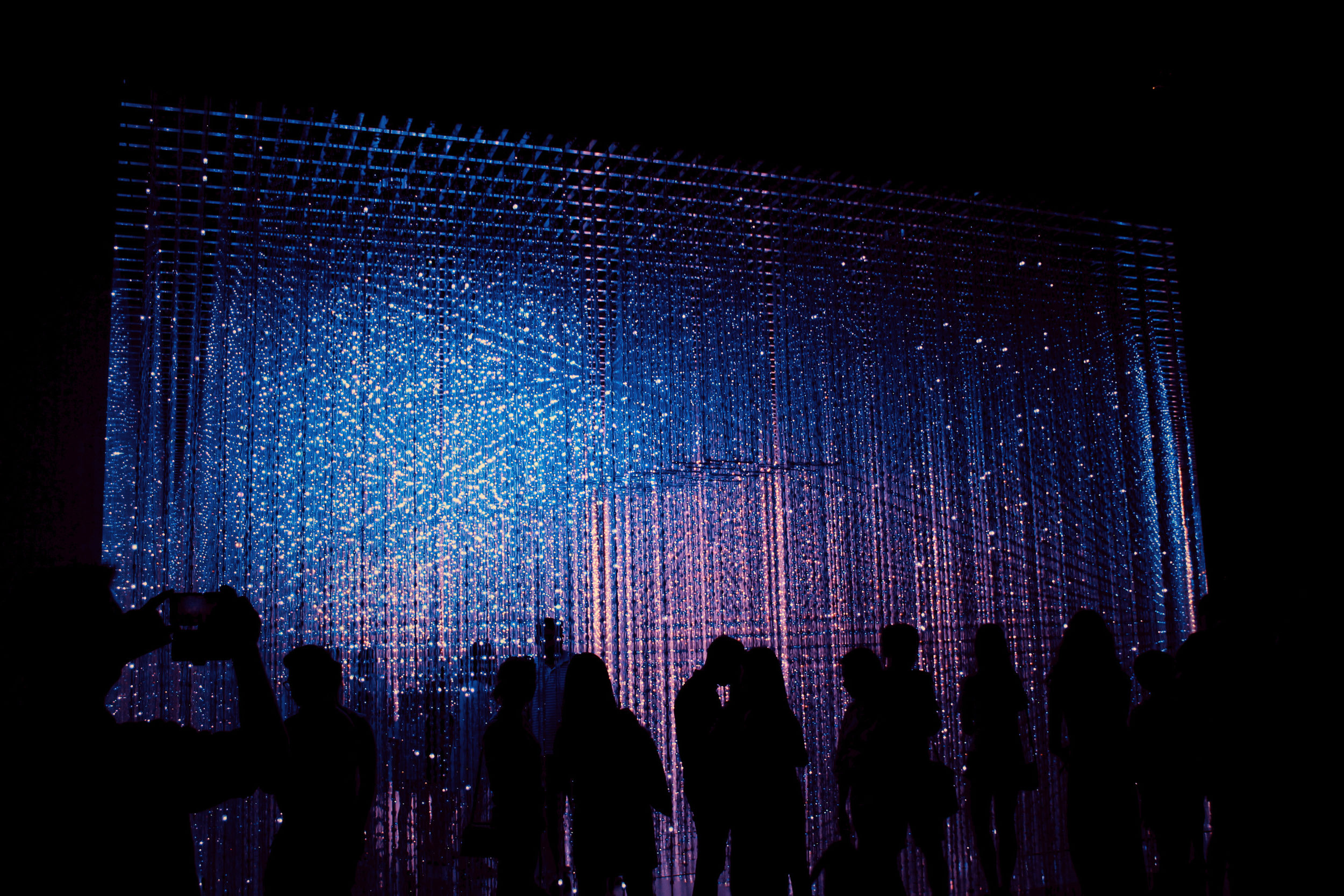When we speak of the automation of industries, rarely (if ever at all) do we talk about the automation of entertainment. How can you automate entertainment?
Like most automation, you take the humans out of the equation. With entertainment, the actors, musicians, and personalities are the product. So, you must replicate that product digitally. That’s the idea of digital humans (brand avatars).
Brand avatars have made headway in becoming financial advisors, therapists, and fast-food cashiers.
But entertainment is where brand avatars started and have made the most noise. Cinema has pushed the technology of brand avatars forward. And we’re running the thin line of full-on Digital Actor Replacement.
Blockbuster hits that don’t feature a single traditional human celebrity aren’t far away.
Digital Actor Replacement
At the moment, we haven’t made full-on digital actor replacement. The process still involves a human actor acting and then studios layering effects over them to manipulate their faces in post-production. It’s animation, but of a real face.
- The Irishman employed Industrial Light & Magic to reduce the ages of De Niro, Pesci, and Pacino.
- WETA Digital is the company that made Will Smith look 23 years old in Gemini Man.
- Disney uses the Medusa Capturing System to emblazon Josh Brolin’s features onto Thanos in Avengers.
- Icons8 and StyleGAN2 shows the power of GANs to generate faces that cannot be differentiated from real faces.
This doesn’t even come close to covering the gamut of VFX (visual effects) that are being used to digitally enhance actors. But it should give you an idea of the direction we’re heading.
Then, you layer synthetic voices atop of these synthetic visuals. Both Resemble and VOCALiD can create unique voices from scratch or replicate other people’s voices. Add all of this together are you arrive at full-on Digital Actor Replacement. The pieces are all here.
The Congress is a sci-fi that revolves around this very topic. In it, Robin Wright sells her image and voice to a studio so that her identity can earn her money without her body ever having to act again. In looking at all of this brand avatar technology, this seems to be the most likely scenario for us to encounter.
Yes, you can follow the Lil Miquela recipe and build a brand avatar identity from scratch. But it’s easier to hijack the image of someone already famous, digitize them, and maximize their digital distribution.
Before getting too mesmerized by this shiny object what’s the reasoning for brand avatars?
Why Avatar Actors?
Even though we can build any brand avatar we please, studios will go through the trouble of preserving the faces of famous people because that’s where the money is at. They’ve built a desirable identity that brings in “bookoo bucks”. And nobody wants that cash flow to end.
However, when people have fears about brand avatars and Digital Actor Replacement, I don’t think the main concerns are monetary.
Prince’s estate was compensated when his hologram performed at the Super Bowl. Carrie Fisher’s estate was compensated when her face was digitally attached to a character in Star Wars: The Rise of Skywalker. As will the estates of every Digital Actor Replacement to come in the future.
The real concern is the loss of an art craft.
We lose the connection to the human artist. Whether they used Method Acting or Character Acting, that actor tapped into their human emotions and presented them for all of us to connect with. That essence will be stripped away.
But what do we gain?
Well, studios gain control. They have greater authority over how something appears or turns out. They have more power over what projects they can create, how they market and distribute those projects, and to what audiences they’ll appeal to.
Disney Research has established the Digital Humans Strategic Program, with the vision to enable new ways for our guests and customers to meet and interact with our iconic characters. The program strives to facilitate the creation and animation of virtual characters that truly capture and preserve the personality of our world class talent, for use in film and experiences beyond the screen.
Disney
So Disney wants this in order for fans to be able to talk with Tony Stark. That’s their thinking behind Digital Actor Replacement technology.
As I outlined in Everything You Need to Know About Digital Humans, the positives to brand avatars are:
- Brand Avatars don’t get fatigued and can be in a million places at once. This means unlimited marketing potential.
- Brand Avatars are entirely controllable spokespeople. (They’ll never crash their Lamborghini into a tree.)
- Brand Avatars (if built in-house) won’t take royalties or a cut of the profit.
- Brand Avatars put an entire creative team behind one identity.
Can we control this?
The digital human / brand avatar creation is a movement I believe has too much momentum to stop. Like trying to control an avalanche with a few shovels.
At most, we can control the degree to which it bleeds into our entertainment. After all, fans choose who gets famous. Fans choose how to spend their money. Actors choose whether or not they want their image to be replicated.
There are many choices that must take place in order for films to become nothing but digital actors. And it may seem like everyone is making the choices to go toward this direction.
But people deciding to collectively “boycott” the movie Cats or be collectively disturbed by Will Smith’s presence in Aladdin, show that we’re capable of fighting against Digital Actor Replacement.
There is still hope if we care enough.
